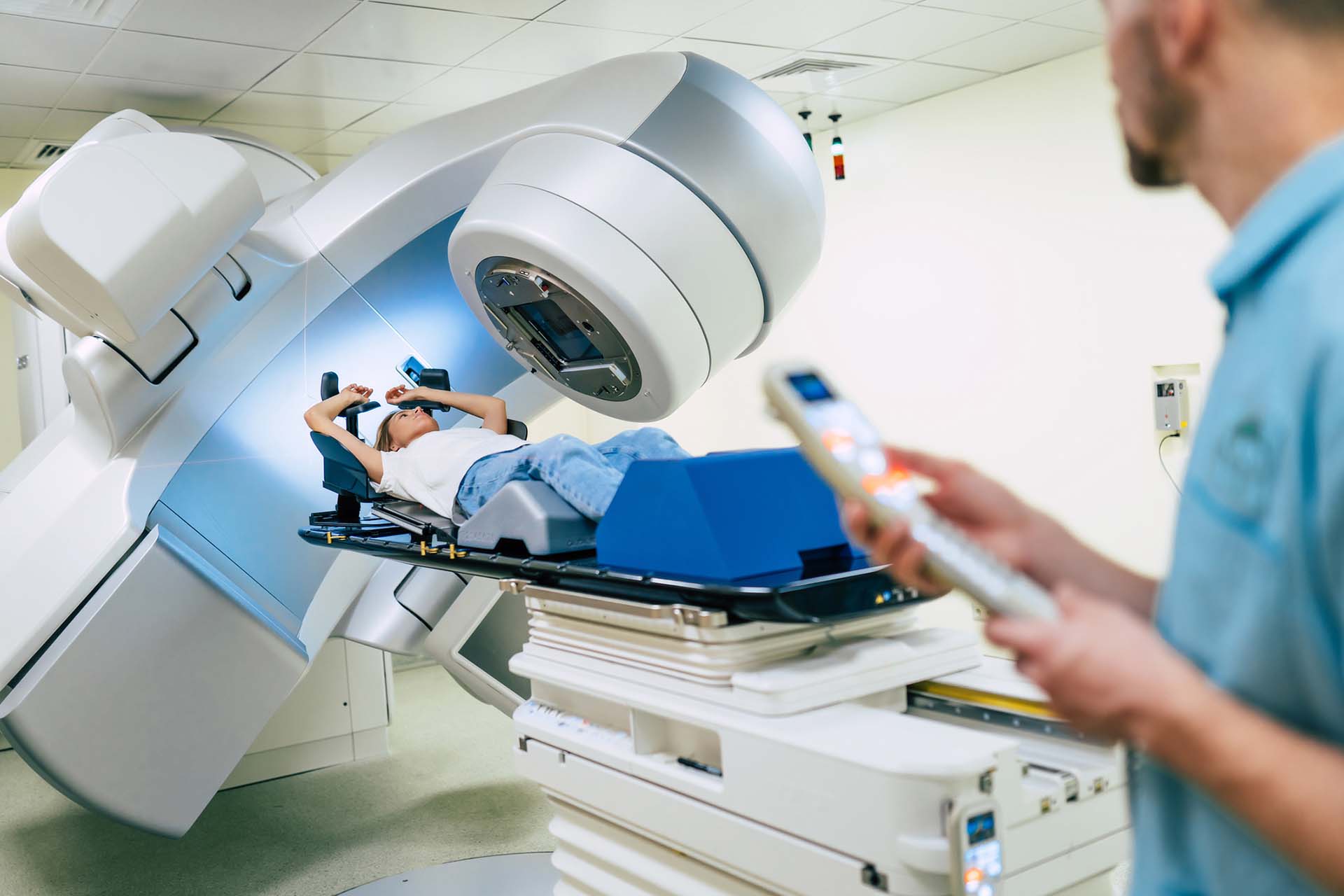
Earlier this year we held a Patient and Public Involvement and Engagement (PPIE) event at the Maggie’s Centre, St James’s Hospital, Leeds. The event explored the views of people with lived experience of Pelvic Radiation Disease (PRD) and their journey to receiving diagnosis.
The event will inform my Professional Doctorate thesis, which aims to identify barriers and facilitators to getting a diagnosis of PRD and to explore the impact of this diagnostic pathway on patients’ quality of life. The event was funded by the Institute of Population Health Research & Scholarship Support budget.
The research problem
Around 22,000 people in the UK receive pelvic radiotherapy each year, which can result in physiological changes to healthy tissues that manifest as long-term gastrointestinal, genitourinary and sexual dysfunction. The long-term effects of pelvic radiotherapy have now been defined as a condition known as ‘Pelvic Radiation Disease’ (PRD). Symptoms of PRD include urinary and faecal urgency and leakage/incontinence, erectile dysfunction, pain, fatigue, nerve damage and psychological morbidity.
Around 100,000 people in the UK are estimated to be living with PRD, yet the condition remains widely under recognised and underreported. PRD can present 3-months post-radiotherapy up to decades post-treatment, therefore many patients have often been discharged from oncology services when symptoms occur. Charity reports highlight the consequences of this delayed presentation, with patients “ricocheting around” different services experiencing misdiagnosis and inappropriate management.
What we did
Including people with lived experience of PRD was crucial to seek their opinions on the proposed research and to ensure that the study design was appropriate. Six people living with PRD attended the PPIE event. A short presentation was shown to the group to explain the proposed research, following which all participants agreed that they felt the work was valuable and would address a key research area whereby many patients face significant challenges.
The group was asked to share their thoughts and opinions on the following points:
- Whether 1:1 interviews or focus groups would be preferable to discuss this topic
- Whether the Maggie’s Centre was a suitable location to hold interviews/focus groups, or whether online options would be preferred for people living with PRD
- How long the interview/focus group should be, considering the needs of people living with PRD symptoms and whether any accessibility requirements need to be considered
- What the group felt was important to be asked about in terms of their own lived experience of seeking a diagnosis for PRD symptoms
- Methods for recruiting a diverse range of participants and embedding EDI in the research
- What types of incentives would be appropriate to thank people for their participation in the study
- Participants were also asked their opinions on a ‘map’ that depicted the journey to diagnosis and challenges faced along the way, which could be used as a visual aid during interviews.
Participants were thanked for their time by provision of a gift voucher of their choice. The Maggie’s Centre provided refreshments during the event.
Next steps
The information gathered from this PPIE event will be used to inform the methodology for my upcoming thesis project. All participants favoured 1:1 interviews over focus groups due to the sensitive nature of the topic. The group suggested giving participants the option to attend either in-person at Maggie’s or online via Zoom due to the unpredictable nature of PRD symptoms, which may limit the ability to travel. Participants did not approve of the journey to diagnosis map that had been used in previous similar lived experience studies, and instead favoured use of verbal questions only.
It was reassuring to hear that all participants felt this research is needed and will help raise awareness of the condition and the challenges faced by the patient population. Further PPIE work will be embedded throughout all stages of this research; positively, all participants expressed that they were happy to be contacted for their input throughout the duration of the project. I am currently seeking further input from this group to co-produce participant information sheets, consent forms, the study advertisement and interview questions. I look forward to continuing to work with the group to ensure that this work addresses the needs of those living with PRD to conduct meaningful research. Finally, I would like to express many thanks to Helen Marshall for her guidance and support with conducting this PPIE work.